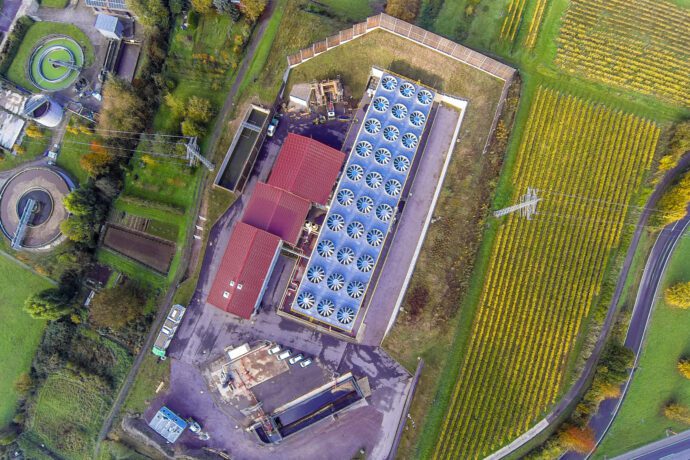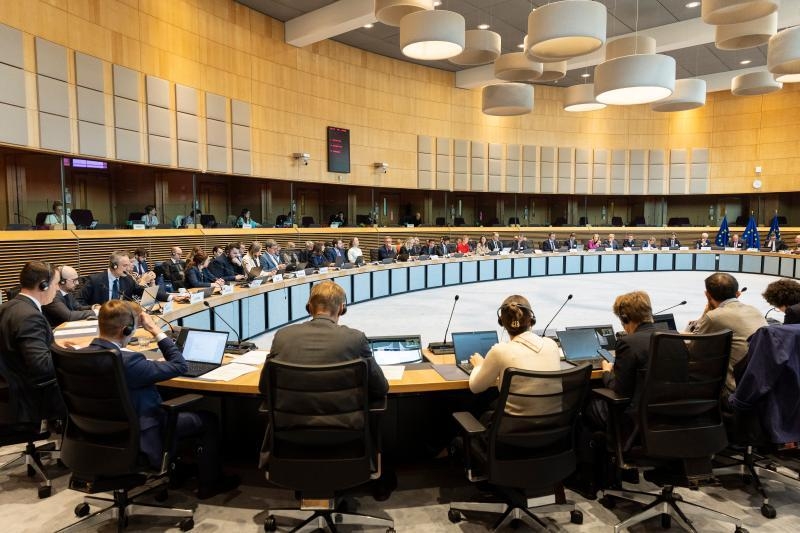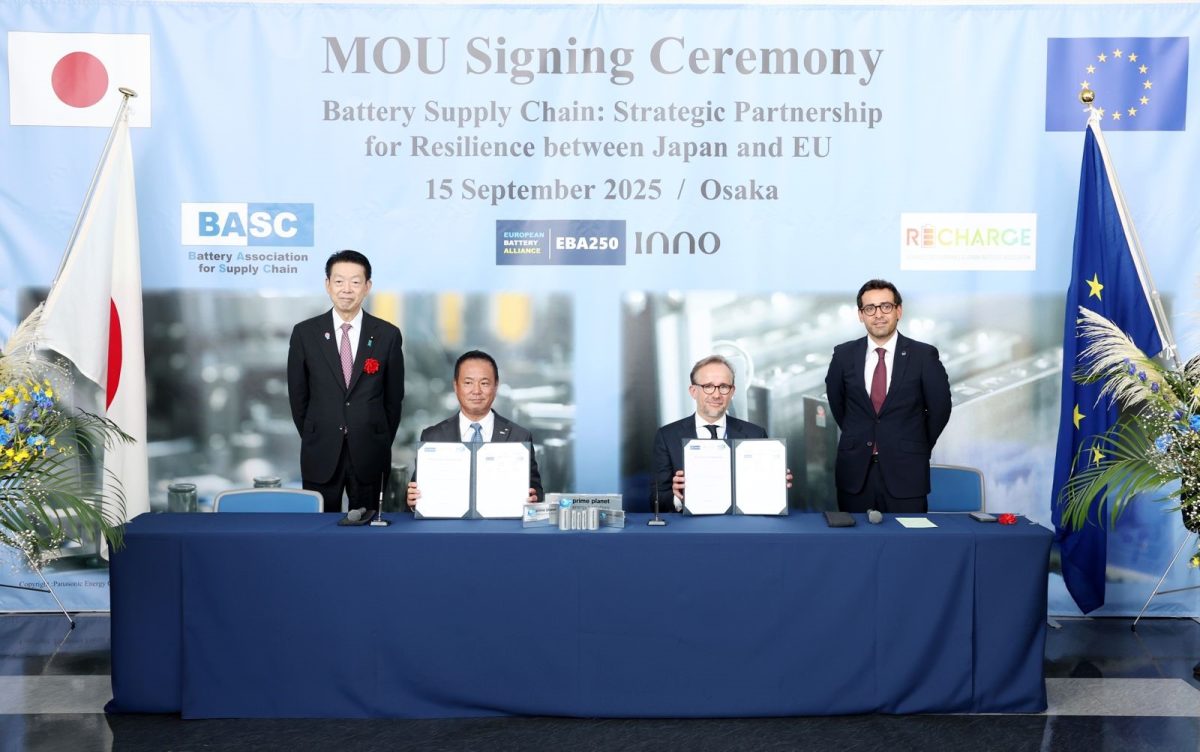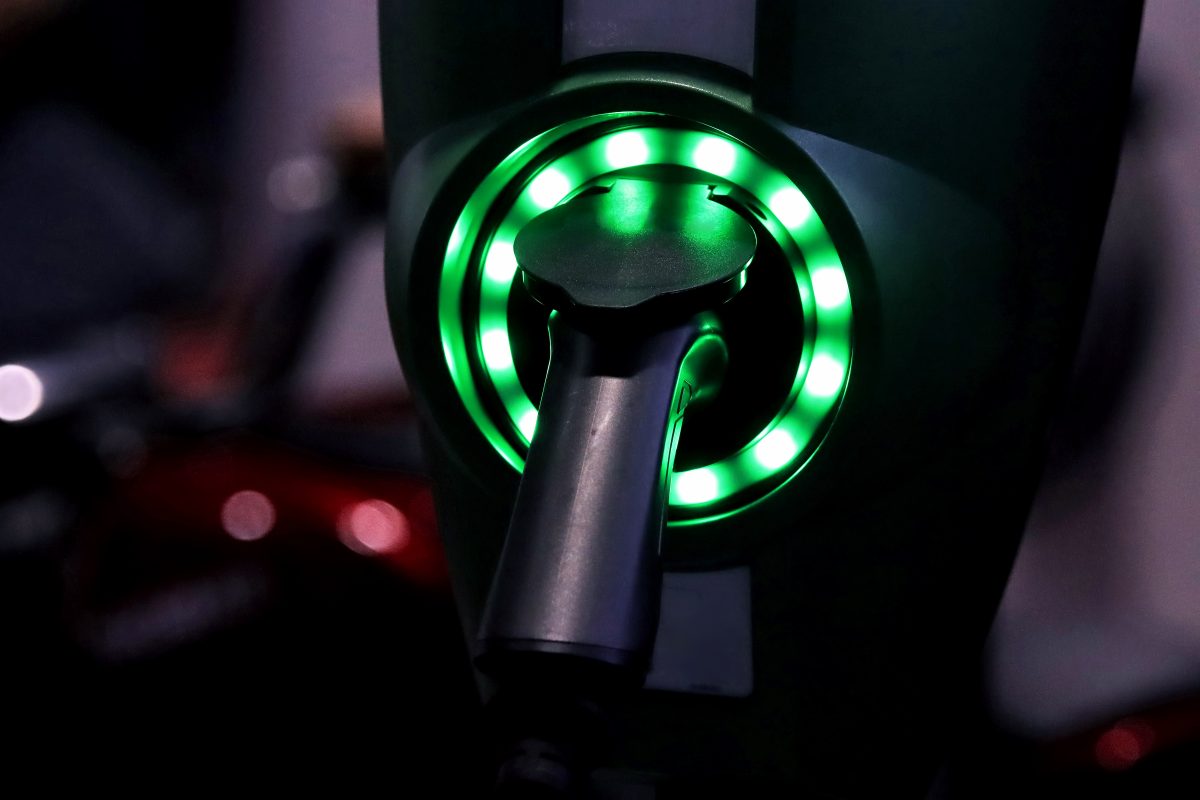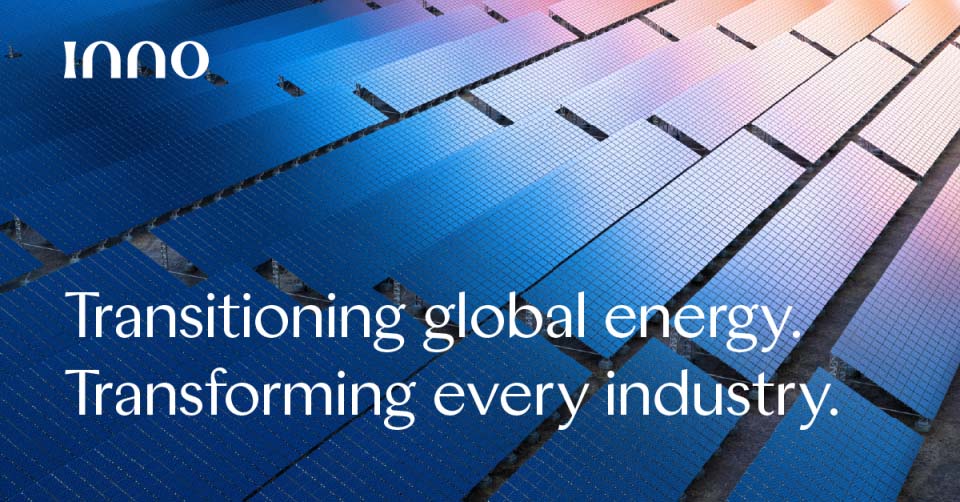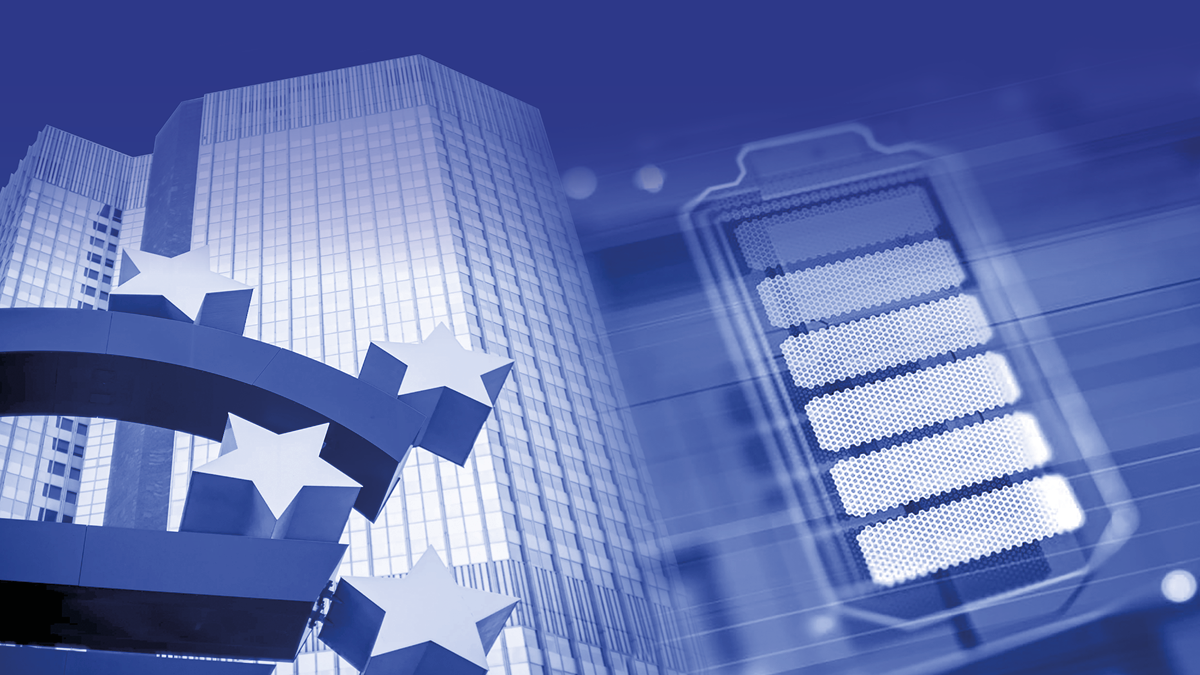
Jul 2, 2025
New EU state aid framework published: What CISAF means for the battery ecosystem
Last week, the European Commission published the Clean Industrial Deal State Aid Framework (CISAF), setting out the EU’s rules on how Member States can support clean tech industries. Replacing the Temporary Crisis and Transition Framework (TCTF), CISAF will remain in force through the end of 2030 and aims to provide a stable legal basis for State aid in industrial decarbonisation, renewable energy rollout, and clean technology manufacturing.
Importantly, CISAF does not create automatic funding. It enables Member States to set up support schemes. Implementation will depend on national governments’ priorities and fiscal space.
For the battery sector, CISAF signals both a steady foundation but equally some limitations. On the one hand, the temporary investment aid measures introduced under TCTF are now made permanent, offering longer-term clarity for project developers and investors. This includes the ability for Member States to match foreign subsidies to attract clean tech investment, a key tool in responding to global competition.
On the other hand, CISAF rules out output-based production support by Member States. For battery projects in the ramp-up phase, which face high operating costs and market uncertainty, this remains a critical gap. As a result, unlocking EU-level funding is now even more essential for the battery sector. This includes the €1.8 billion already earmarked, as well as potential support under the next EU budget cycle to help bridge the competitiveness gap.
What the new State Aid rules mean for battery stakeholders
A first reading of CISAF reveals five areas with particular relevance for the battery value chain.
- Investment aid prolonged
CISAF maintains core elements introduced under the Temporary Crisis and Transition Framework (TCTF), allowing for State aid to support investments in clean technologies under certain conditions. The aid intensities and thresholds are defined according to project location and company size. For instance, investment aid can reach up to 35% of eligible costs in “A” areas and includes bonuses for SMEs. See table below. Importantly, Member States retain the option to match foreign aid offered to cleantech manufacturers, a feature first introduced under the TCTF.
| TCTF (AID SCHEME) | CISAF (AID SCHEME) | SME BONUS | |
| General rule | 15% of eligible costs, capped at €170 million | 15% of eligible expenses, capped at €150 million | For investment done by small entities, intensity can be increased by 20 percentage points.
For investment done by medium entities, intensity can be increased by 10 percentage points. |
| In “C” areas | 20% of eligible costs, capped at €200 million | 20% of eligible costs, capped at €200 million | |
| In “A” areas | 35% of eligible costs, capped at €350 million | 35% of eligible costs, capped at €350 million |
- Equity support during ramp-up, but no production aid
While traditional output-based production aid is ruled out, CISAF allows Member States to offer equity and quasi-equity funding to clean tech manufacturers in their scale-up phase. This is intended for cases of unfair competition, demand uncertainty, or cost overruns, and applies to both investment and operational costs. Battery manufacturing is explicitly mentioned in this context.
- Electricity price relief schemes enabled
To reduce operating costs in energy-intensive sectors, Member States may introduce electricity price relief schemes. Under certain conditions, up to 50% of the cost of 50% of a company’s annual electricity consumption may be subsidised, with a minimum price threshold of €50/MWh. Half of the aid must be reinvested in decarbonisation, such as renewables, storage, demand response, or efficiency upgrades.
- Demand-side support options defined
CISAF outlines potential tools to stimulate demand for clean technologies, including batteries. This includes subsidies for RES deployment, battery energy storage (BESS), and renewable fuels of non-biological origin (RFNBO) production, as well as schemes to help industrial clients purchase clean tech – potentially using accelerated depreciation mechanisms.
- Green light for combining national and EU funds
The framework clarifies that State aid may be combined with EU-level funding, provided technical rules are met. Notably, projects selected under the Innovation Fund may also benefit from national support schemes, offering greater possibility in financing large-scale battery projects.
To conclude, CISAF provides much-needed regulatory clarity and extends important support tools for clean tech investment across Europe. For the battery industry, the continuation of investment aid provisions and the ability for Member States to match foreign subsidies are positive signals, though they do not fully address the competitiveness challenges facing Europe’s battery sector. The absence of output-based production support at the national level, coupled with uncertainty around Member State implementation, leaves significant gaps – particularly for projects with high upfront and operating costs during the scale-up phase. Closing this gap will require the swift deployment of EU-level funding, including the €1.8 billion already earmarked.
More EBA250 news
The European Battery Alliance (EBA) welcomes today’s announcement by Executive Vice-President Stéphane Séjourné on…
Vulcan Energy has reached a major milestone with the Final Investment Decision (FID) for…
Today, a joint High-Level Ministerial Meeting of the European Battery Alliance (EBA) and the…
We are pleased to announce that today we have signed a Memorandum of Understanding…
The European battery sector does not need a new strategy – it needs a…
U.S.-based battery innovator Lyten has signed binding agreements to acquire all of Northvolt’s remaining…
The European Battery Alliance (EBA) welcomes the European Commission’s swift decision to award €852…
We are pleased to welcome Emma Nehrenheim as new Managing Director of the European…
As Europe’s battery cell manufacturers face increasing competitive pressure, EBA250 remains actively engaged in…
InnoEnergy, the driving force behind the EBA250 initiative, introduces today its new brand identity,…

